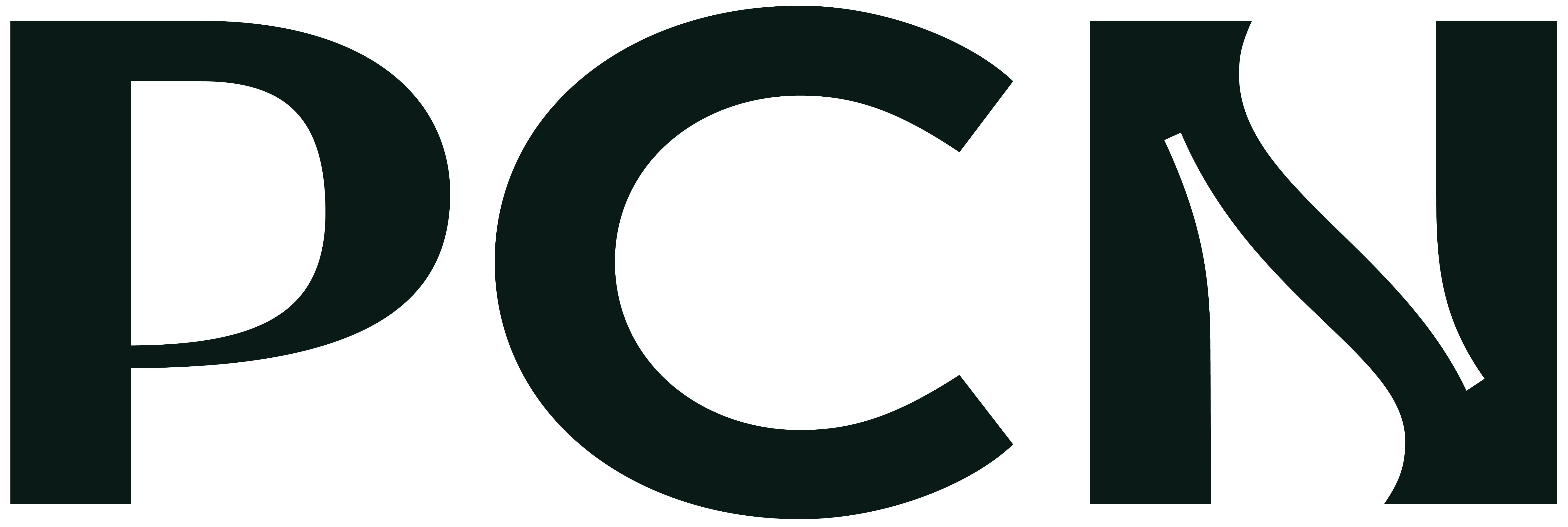No matter where data comes from, becoming data-driven depends on every member of your organization being able to find, access, and use the data they need.
This kind of system of organization paves the way for data teams to respond to your business objectives with accuracy and speed — without it, your analysis will always have a limited scope and your digital transformation efforts will consistently fall short of where they should be. Gartner reported that organizations offering users access to a curated catalog of internally and externally prepared data will realize 100% of additional business value from analytics investments in 2021.
What is a data catalog?
An easy way to think of it is like a living collection of your organization’s distributed data assets and data-related intelligence; it’s an archive and a distribution system combined. Data catalogs promote intelligent and secure data sharing by centralizing, labelling, and monitoring your organization’s data assets. This single control plane allows for better collaboration, stronger regulatory compliance, and reduced overhead.
Gartner predicts that by 2023, organizations that promote data sharing will outperform their peers on most business value metrics. The organizations that will successfully meet their data-driven goals in 2021 are those that understand the value in creating a culture of data sharing. This means doing away with the old methodologies of siloed, locked-down data and promoting visibility and transparency while hardening governance practices. Data catalogs can help improve your data cost-to-value ratio, spur collaboration and creativity with better data access, and solidify your data-driven culture.
Must-have features for any data catalog
The same way that not all data is created equally, neither are data catalogs. It’s important to understand the key capabilities your organization needs from a data catalog to unlock the potential of data flowing into it.
Here are the 6 must-have features for a data catalog:
Why are data catalogs useful?
The IDC reported that the total amount allocated to digital transformation efforts worldwide between 2020 and 2023 will reach $6.8T. As the race to become data-driven continues, organizations are struggling to unlock the potential in data. For most companies, finding and connecting to trustworthy and diverse sources of data is a big task in itself. On top of that, the changing landscape of data governance and privacy makes it difficult to build a scalable and flexible data infrastructure.
For organizations looking to get more out of their data, a data catalog is a critical element in any data strategy. They provide a central location to monitor the flow of data while providing audible lineage to increase data protection and governance. In addition, they are a prerequisite to deploy actionable machine learning and artificial intelligence.
A data catalog can help your organization answer the following concerns:
- Data Freshness: Are we using the most up-to-date version of the data we need?
- Data Security: How do I restrict permissions so that access to data is controlled to only certain rows and columns? Can I grant limited or read-only access easily?
- Data Overhead: Is there another department in this organization that could use the same data? Is there a way for me to find out if we’re already buying it?
- Data Redundancies: Are their different departments doing similar work on the same data?
- Data Discrepancies: How can we link all of the data we have to ensure we’re conforming to the same standards across our whole organization?
- Data Reproducibility: How can I ensure the performance of my models after the data updates? How can we double our ROI on this particular dataset?
More visibility, more security
How can increased data visibility possibly mean better security? Sunlight is a strong disinfectant. By breaking down silos between data users and creating a central data commons, a data catalog gives organizations insight into who is using data, and for what purpose. This ensures stronger data governance and enables data stewards to monitor their data more effectively. By also providing a role-based permission structure and configurable dataset sharing, a data catalog becomes not only a central commons but a distribution hub as well.
Data security and data compliance mean adopting a solution with market-leading standards that is flexible enough to fit into any workflow, yet rigid enough to allow organisations to conform to the growing number of data privacy regulations. Platform security is never an afterthought or bolt-on — it is top of mind in every development effort.
Source: Data Science Central

